"The latest weapon in the Middle East is neither a missile nor a bomb. It is a Television Station."
I read this the other day in an editorial in Business Monthly, a journal brought out by the American Chamber of Commerce in Egypt.
The editor who was talking about Al Jazeera English going live goes on to say that by all reckoning, the slickly produced news broadcast is more powerful than the 170,000 coalition forces in Iraq with the potential to destroy administrations and topple governments.
Al Jazeera English was launched on 15th November 2006 as the first global English language news and current affairs channel headquartered in the Middle East. The channel is already available all over the world and free to air in most of them (perhaps in all of them) They claim to reach over 80 million cable and satellite households worldwide. It is also potentially available to the one billion users of the Internet worldwide as a live stream.
Headquartered in Doha, Al Jazeera aired its first exclusive on the 20th of November - news footage of Naypidaw in Myanmar - formerly Burma - and a high level interview with the Minister of Information, Brigadier General Kyaw Hsan.
Al Jazeera English was granted exclusive access to Naypidaw - a first for a foreign broadcaster. The interview ranged from Aung San Suu Kyi's detention, the roadmap to democracy, the move to Naypidaw, insurgencies around the country, and the effect of sanctions and the lack of aid to Myanmar's people.
Al Jazeera English's SOP states,
Broadcasting from within the Middle East, looking outwards, Al Jazeera English will set the news agenda and act as a bridge between cultures. With unique access as the channel of reference for Middle East events, and broadcast centres strategically placed around the world in Doha, Kuala Lumpur, London and Washington DC, Al Jazeera English will balance the information flow from South to North, providing accurate, impartial and objective news for a global audience from a grass roots level, giving voice to different perspectives from under-reported regions around the world.Al Jazeera English is building on the ground-breaking heritage of its sister Arab-language channel - Al Jazeera, which was responsible for changing the face of news within the Middle East, now extending that fresh perspective from regional to global.
Viewers of "Western" News Channels will find the formats abd imagery quite similar. They even have the familiar faces of David Frost (ex BBC) and Riz Khan (ex CNN Correspondent).
Reactions to Al Jazeera English here in Egypt have been mostly positive, considering that a lot of the population here has friends, relatives or acquaintances among the nameless and faceless people who are simply collateral damage to the American War on Terror. These people who are dying on "the other side" are simply statistics and numbers to the "Western" media. Forever to remain unnamed.
Hence Al Jazeera's tag line of "Watch the Other Side of World Events, Hear the Other Side of the Story" has found its mark. Their other affirmations like "We want to change the News Agenda - It's a Fundamental Goal," "Do the Right Thing for the Right Reason," all have found their mark at least among the English speaking population of MENA.
They don't seem to be heavily slanted in their perspective as of now. Someone mentioned that it's somewhere between the spectrum of FOX News and Hezbollah's Al Manar Channel and will slowly find its gradient on this scale of extremes.
The editor of Business Monthly summed it up brilliantly when he said,
Western Governments will need to carefully consider their political strategy - the World has a New Perspective and it comes from the people on the receiving end of their Foreign Policy.
Published on desicritics.org
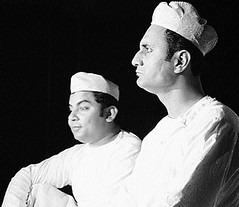
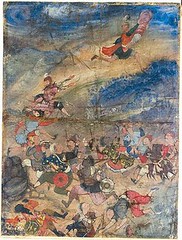
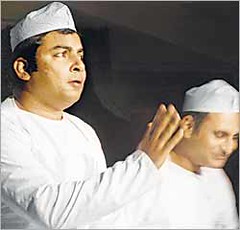
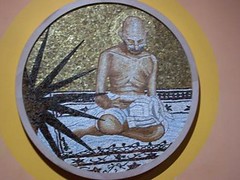
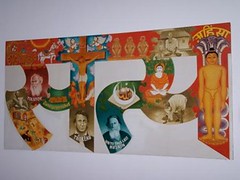

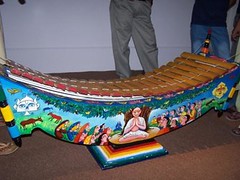

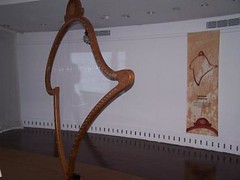
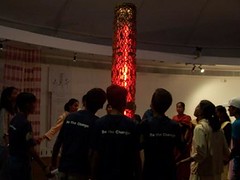

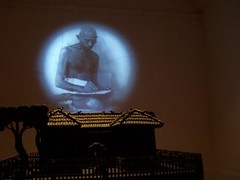
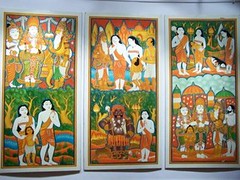
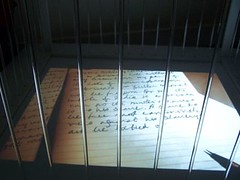
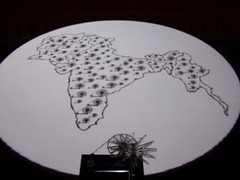
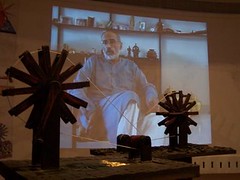

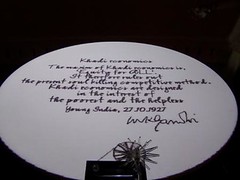
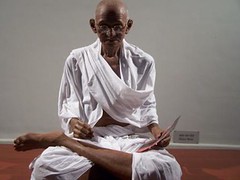






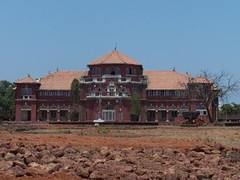
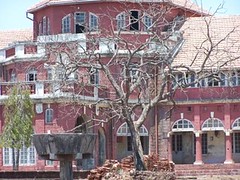
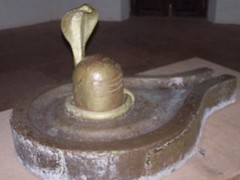

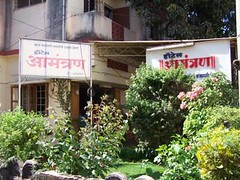

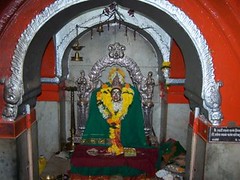
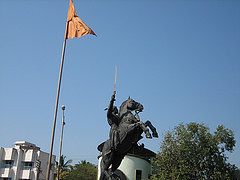

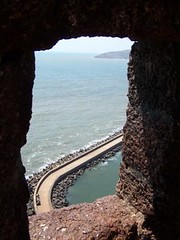



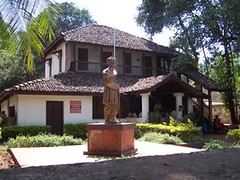
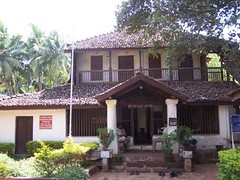
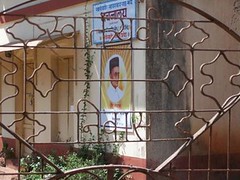




 Parivaar is more than just a day care centre, it covers all living costs like food, clothing, education, recreation etc. Because of this, the cost of maintenance for each child at Parivaar may seem a little high when compared to other Social Organisations. But, rest assured that the money is well utilised with a minimum commitment of 10-12 years with each child.
Parivaar is more than just a day care centre, it covers all living costs like food, clothing, education, recreation etc. Because of this, the cost of maintenance for each child at Parivaar may seem a little high when compared to other Social Organisations. But, rest assured that the money is well utilised with a minimum commitment of 10-12 years with each child.